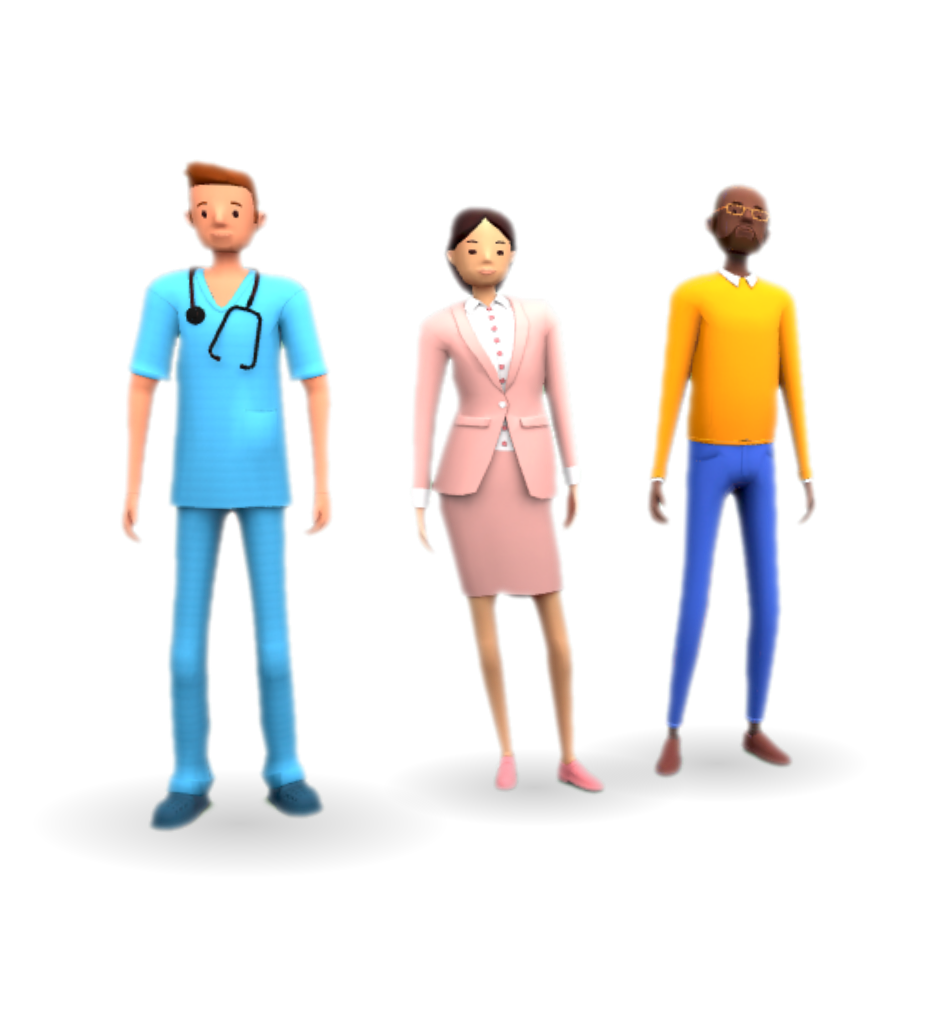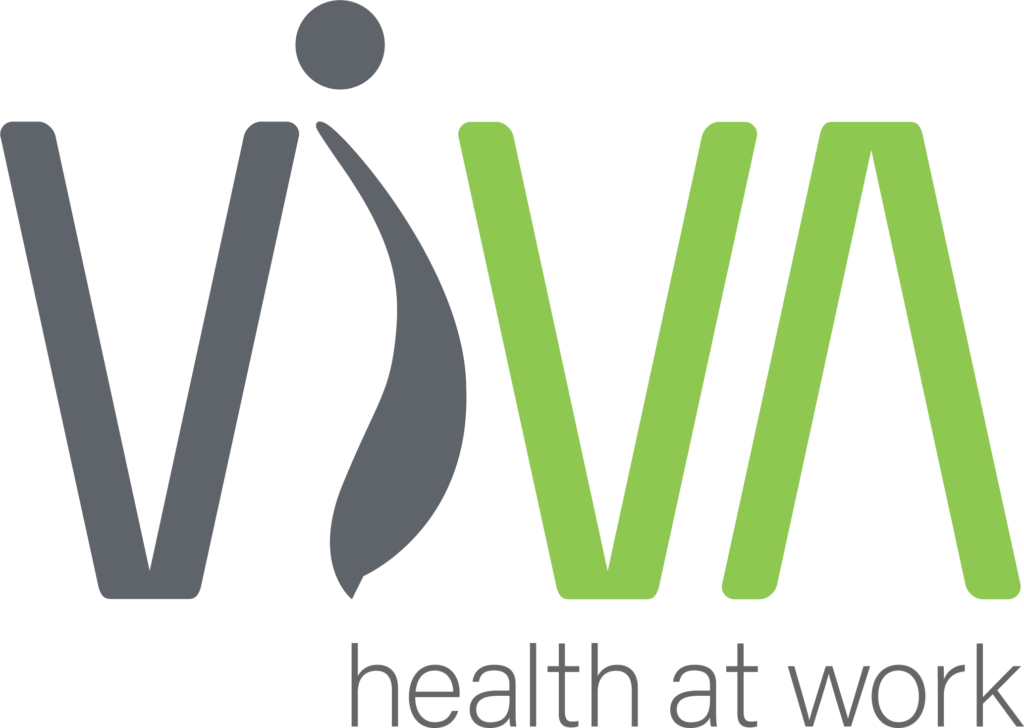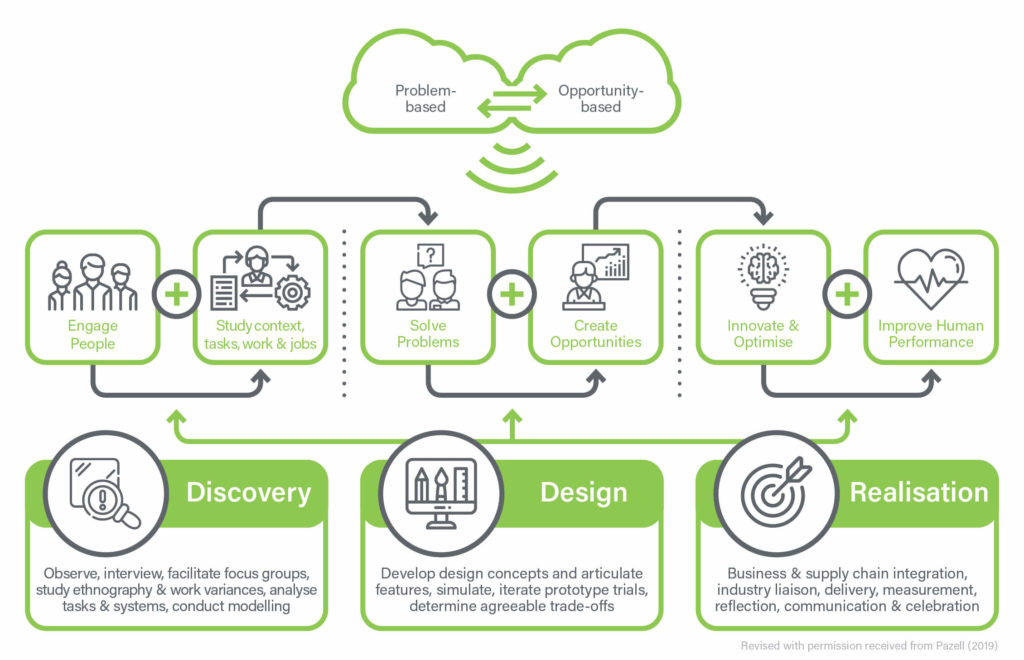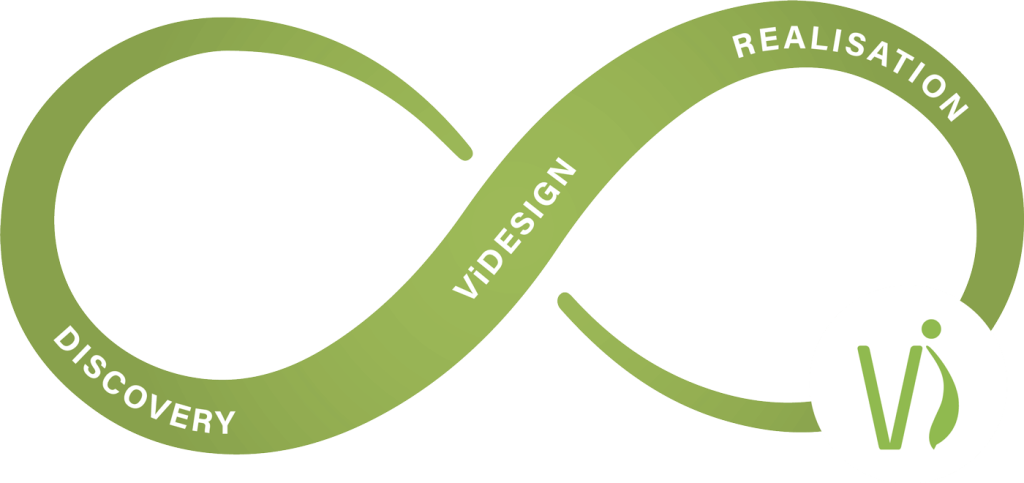Antonovsky, A. (1979). Health, Stress and Coping. San Francisco, CA: Josey-Bass
British Standard: BS ISO 27500:2016. The human-centred organization — Rationale and general principles
Earth Moving Equipment Safety Round Table (EMESRT) Control Framework
Golembiewski, J. A. (2012). Salutogenic design: The neural basis for health promoting environments. World Health Design Scientific Review, 5(4), 62 – 68
Grantham, C. (10 Sept 2015). The difference between well-being and wholeness at work. Work Design Magazine
HFESA (2020). Good Work Design: Position Paper. Australia: HFESA
Hollnagel, E., Leonhardt, J., Licu, T., & Shorrock, S. (2013). From Safety I to Safety II: A White Paper. Eurocontrol.
Hollnagel, E. (2012). Task Analysis: Why, What, and How. Part 3, Chapter 13. In Salvendy, G. (Ed.). Handbook of Human Factors and Ergonomics (4th ed.). (pp. 385 – 396). Hoboken, NJ: John Wiley & Sons,ISBN: 978-0-470-52838-9
Horberry, T., J., Burgess-Limerick, R., & Steiner, L. J. (2011). Human Factors for the Design, Operation, and Maintenance of Mining Equipment. Boca Raton, FL: CRC Press.
ISO. International Organization for Standardization (2016). Ergonomics principles in the design of work systems (ISO/DIS Standard No. 6385: 2016(E)).
Karanikas, N., Pazell, S., Wright, A., & Crawford, E. (2021). The What, why, and how of Good Work Design: The perspective of the Human Factors and Ergonomics Society of Australia. In Rebelo, Francisco (Ed.). Advances in Ergonomics in Design: Proceedings of the AHFE 2021
Karanika-Murray, M., & Weyman, A. K. (2013). Optimising workplace interventions for health and well-being, In International Journal of Workplace Health Management, 2, (6), 104 – 117. http://dx.doi.org/10.1108/IJWHM11-2011-0024.



